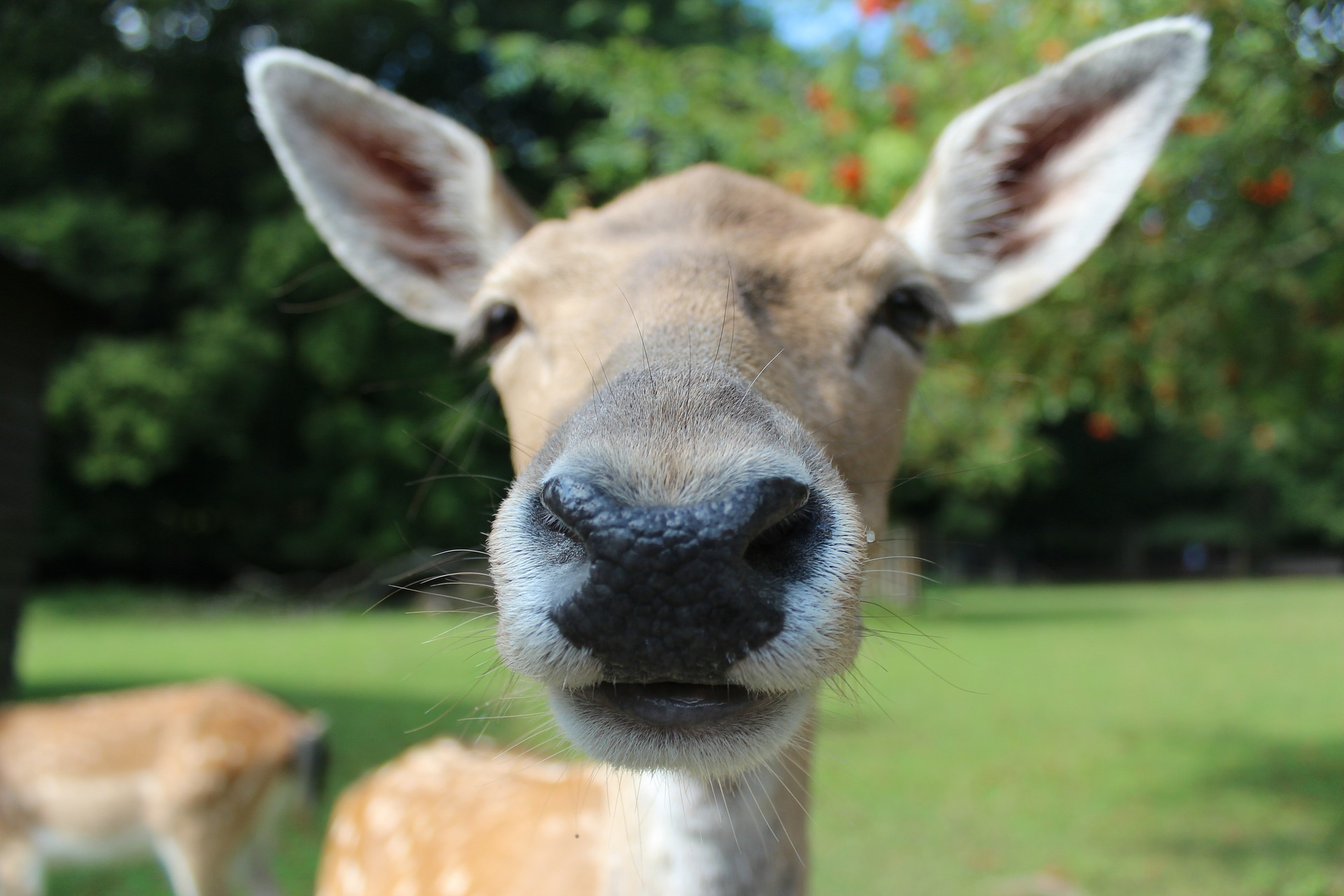Nose To Nose
 Making a good first impression is something most people strive to do especially in business. Various factors can influence how people are perceived including personal appearance, attitude, body language and their message. All that being true but the initial greeting is key. Since greetings differ from culture to culture, intercultural trainer such as myself will try to impress upon their clients the importance of determining and using the appropriate greeting for the people with whom you will be meeting.
Making a good first impression is something most people strive to do especially in business. Various factors can influence how people are perceived including personal appearance, attitude, body language and their message. All that being true but the initial greeting is key. Since greetings differ from culture to culture, intercultural trainer such as myself will try to impress upon their clients the importance of determining and using the appropriate greeting for the people with whom you will be meeting.
When the Duke and Duchess of Cambridge(Prince William and Kate) arrived in New Zealand they were treated to traditional warrior’s dance called a Haka and they greeted local dignitaries with a Māori greeting known as a Hongi, Hongi involved the touching of noses and foreheads. Most reference material advises visitors to New Zealand that a hand shake is correct. However, as evident by the royal visit, when interacting with other cultures, exceptions frequently need to be considered.
In many Arab countries men will not shake the hand of a woman. As a liberated woman, I’ve struggled with this custom. However, after observing the greeting the Queen of Belgium received from a royal member of the Saudi family, I’ve soften my stance. This man used a formal Salam, touching his chest (heart), lips and then forehead. The greeting was very respectful and can remind us that there are multiple ways to show respect.
Kissing, bowing or shaking hands still remain the most common methods of greeting but even these are not without their nuances. How many kisses on the cheek should be given, one, two or three? How well do you have to know the person? When bowing, how low and long should your bow be? How firm should the handshake be? Is the other arm gripped? And what do you do with your other hand? Bill Gates learned the hard way when he shook the hand of the South Korean president, that his second hand shouldn’t have been in his pocket.
The subtle differences of greetings can affect the impression you make. Do your research or ask someone in the know.
Share a story about greeting in another culture.




